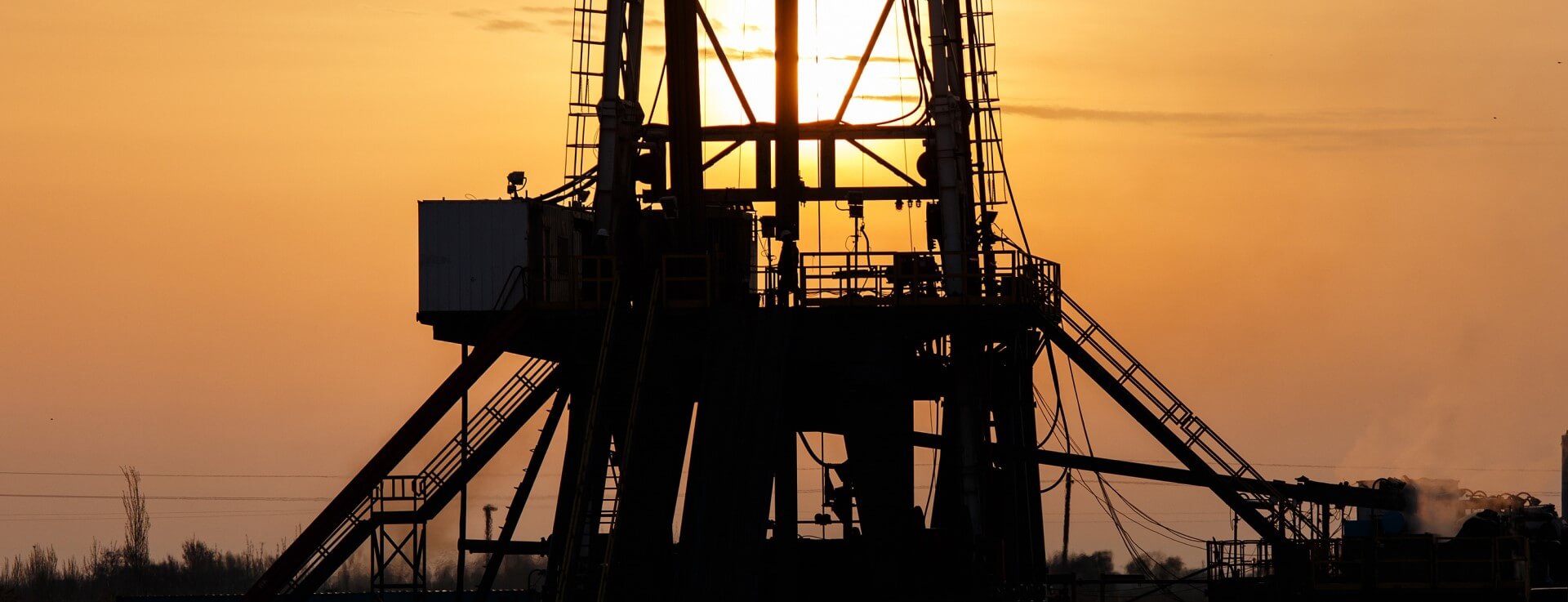The Ups & Downs of Oil & Gas

For many electrical distributors in specific locations around the country, the oil & gas industry is a key business driver. When drilling activity is robust, the demand for electrical products to support these projects increases. When activity declines, so do revenues for electrical wholesalers and other supply chain entities that help support the oil & gas sector.
Prior to joining DWC, I spent five years working for a major oilfield service company. Much of my time there was spent doing market research to support strategic planning efforts for the company. While I certainly don’t consider myself an expert, this industry experience gave me a pretty solid understanding of the economics of energy — from the rig floor to the gas pump. For the well-informed, this article likely won’t shed new light on the cyclical nature of U.S. oil & gas activity. For others who are in the process of expanding their understanding of this market, this information might highlight some fundamentals, and explain why such drastic fluctuations occur.
How Barrel Prices Affect Drilling & Production Activity
For the most part, every oil well presents a unique set of engineering complexities. With some wells, commodities are easy to extract and require limited investments in capital and/or technology. Other wells are complex and present engineering challenges that may require a higher level of investment to extract the resources. These challenges might include complex geological formations (i.e. rock that is hard to drill through) or a need to drill to extreme depths to access the reservoir. This level of investment required for a given oil well is often referred to as the “lifting cost”. Wells with a lower lifting cost remain viable to produce, even when barrel prices are low. More complicated projects that carry higher lifting costs tend to lose their profitability when barrel prices fall. In these instances, oil companies are often better off suspending these challenging projects until commodity prices recover to a level where profitability resumes once again.
 Good Old-Fashioned Supply & Demand
Good Old-Fashioned Supply & Demand
As I type this, West Texas Intermediate (WTI) crude is hovering around $41 per barrel. For context, we began the year with prices around $63 per barrel, before the global impact of COVID-19. As the pandemic became more widespread, the demand for crude fell-off drastically, and large surpluses began to accumulate. In late April, a price war between Russia & Saudi Arabia further complicated the situation and contributed to the steepest declines in history. This situation, combined with immense shortfalls in global demand, resulted in severe volatility and prices settling at around $13 per barrel (Prices briefly dipped into negative territory at one point!).
Better news came in May when OPEC+ producers agreed to cut production by almost 10 million barrels per day to reduce excess supply. These measures contributed to one of the sharpest rebounds ever, a welcome trend that continued in June. Forecasts for the remainder of the year show continued recovery, with prices predicted to end up around $50 per barrel by December. The ongoing impact of the coronavirus and the world’s ability to deal with it will factor significantly of course!
The U.S. Rig Count – The Bad News …and Some Optimism!
The number of active drilling rigs is an important business barometer for the energy industry and its suppliers. The more drilling and production activity there is, the more your distributor sales team will be fielding requests from oil companies needing electrical products. According to the Baker Hughes rig count, at the beginning of 2020, 796 active rigs were drilling for oil & gas in the U.S. As of the most recent count on July 10, there we just 258 active rigs. All the factors mentioned above have contributed to this extremely steep decline in U.S. activity.
BUT – COVID-19 and the unprecedented temporary business conditions brought on by it will pass.
When you look back in history, every single period of decline in the oil & gas industry has always led to brighter days. The oil industry and the supplier business that supports it will see growth markets once again. The “all-time high” is in the future, not the past. Demand for electrical products to serve the oil patch will recover – and grow to levels not seen before. New technologies will emerge that open new possibilities for the energy industry that never before existed. Projects that were not previously cost-effective to pursue will become economically viable. Oil & gas resources that used to be out of reach will become easily attainable.
…and the electrical distribution industry will be there to power this recovery!
